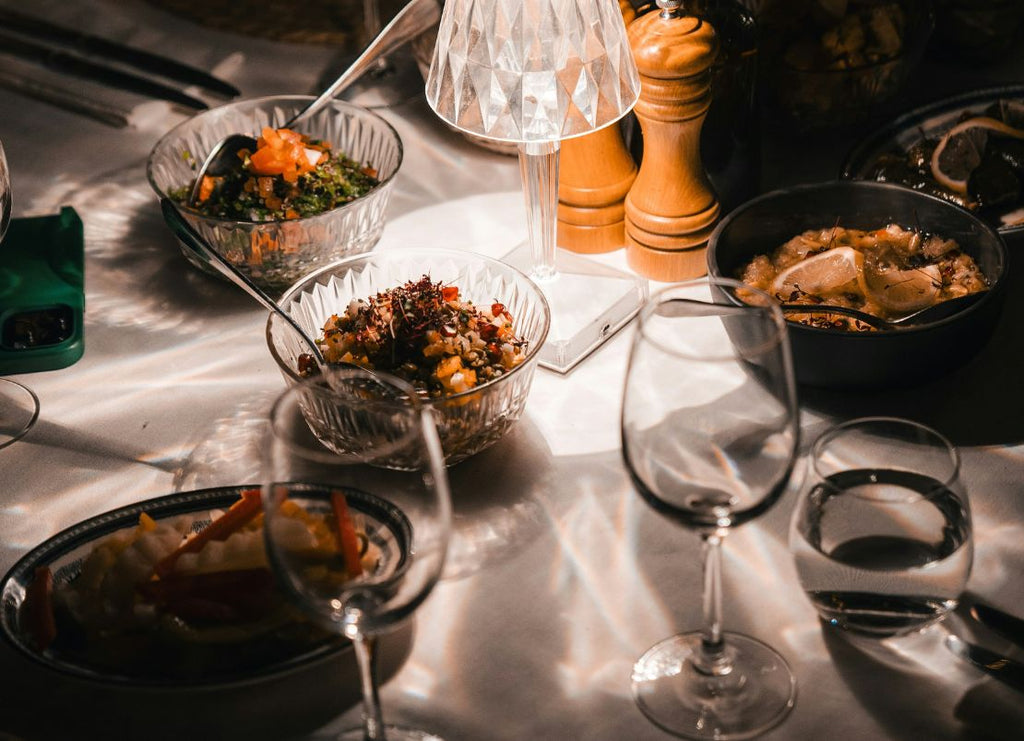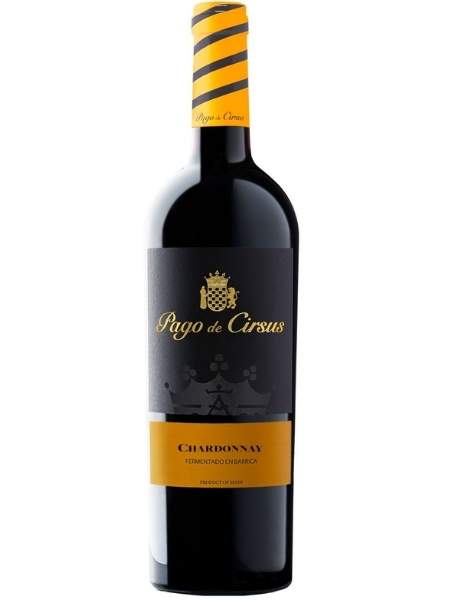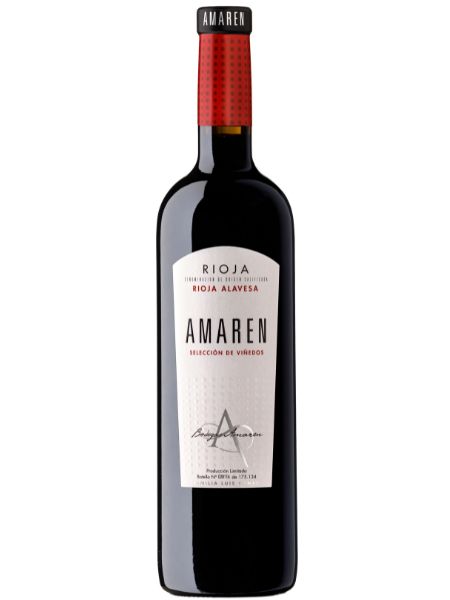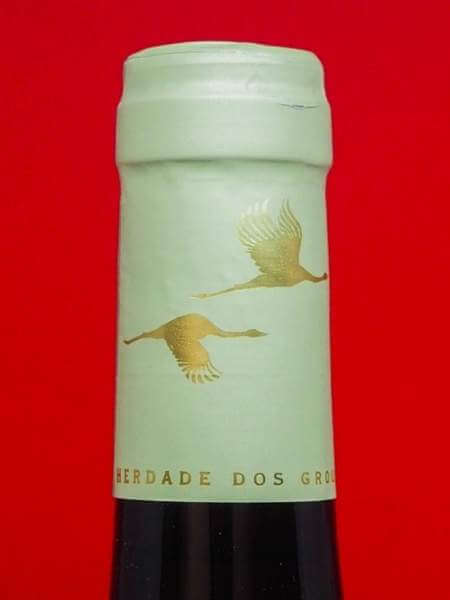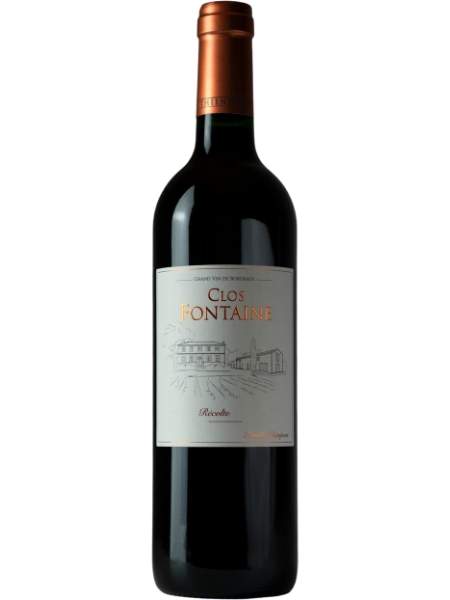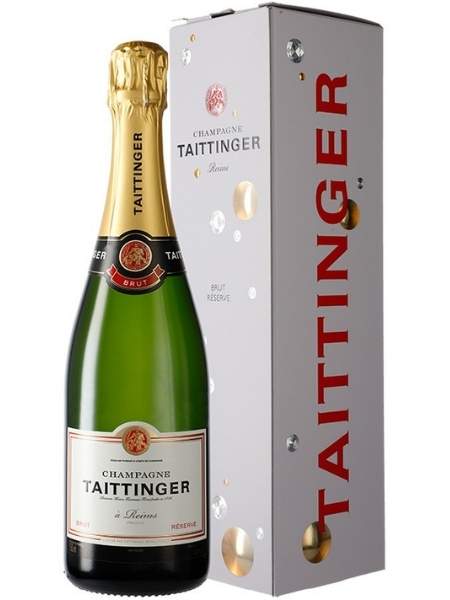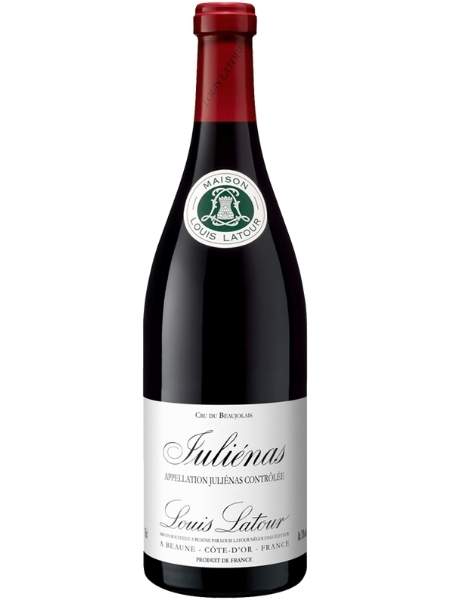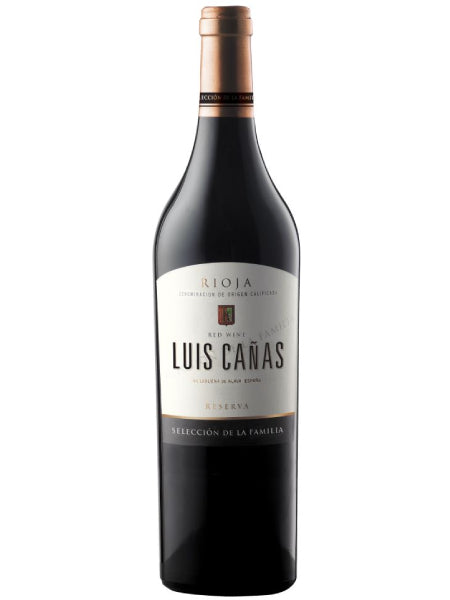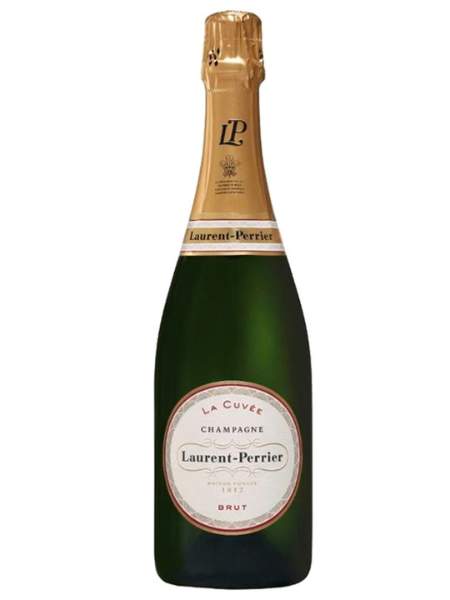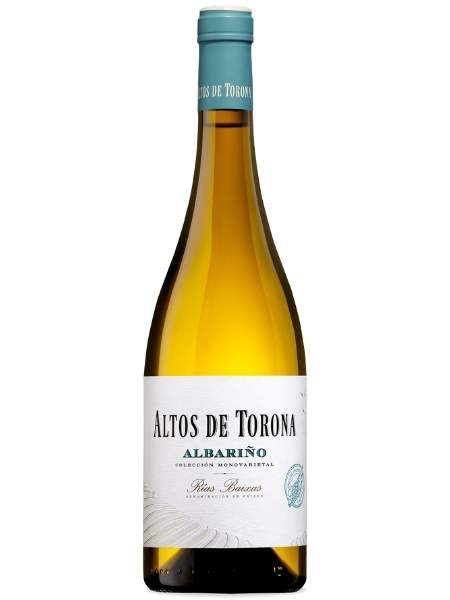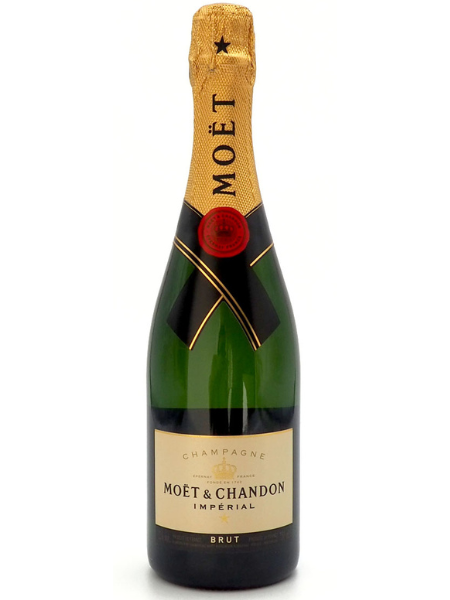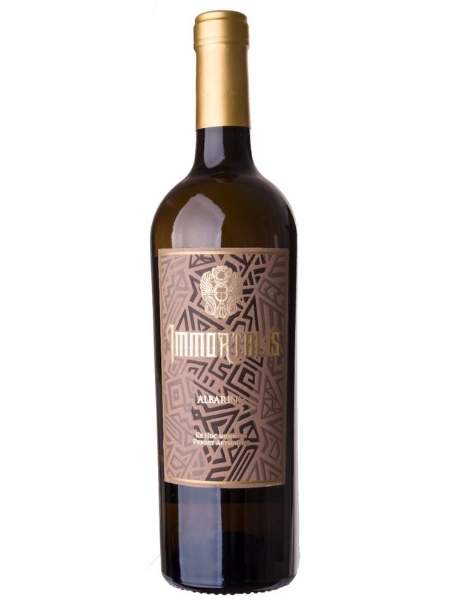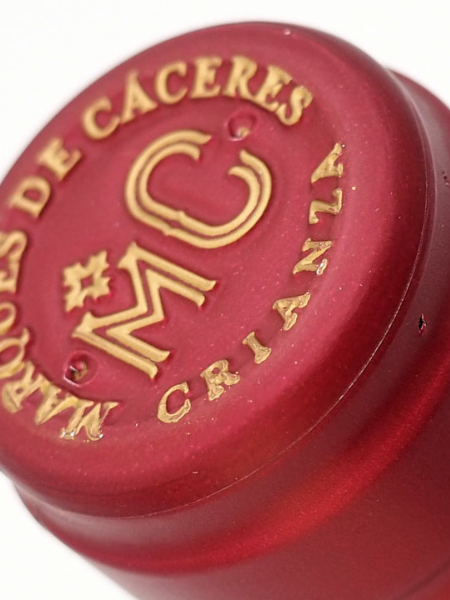
Prosecco vs Champagne: What's the Difference?

When you think about sparkling wines, two names immediately come to mind: Prosecco and Champagne. Both are intricate and delicious in their own ways. Naturally, if you're a wine enthusiast, you're curious as to what sets them apart. That's why we're here. Today, we'll talk about Prosecco vs Champagne: What's the Difference? We'll explore the taste, method of preparation, and history of each one. By the end of this post, you'll be able to pick which one to serve at your next party (or just indulge in it yourself).
Table of Content:
Prosecco vs Champagne
Let's start with the flavor. When you taste a glass of Prosecco, the first thing you'll notice is the lightness. It's creamy and gently carbonated, with a soft texture that spreads smoothly over your tongue. You'll find a hint of fruit, such as pears, apples, or peaches, and a slightly sweet aftertaste. On the other hand, Champagne is much dryer and has a more complex flavor profile. It has a sharp acidity that cuts through the bubbles, a richer texture, and a variety of notes, such as almond, citrus, and toast. Champagne is often described as having a crisp, zesty taste.
Now, let's get into the method of preparation. Prosecco is made using the Charmat or Martinotti method, which involves a secondary fermentation in a large tank (as opposed to in the bottle). This method is more straightforward, faster, and less expensive than the Champagne method, allowing for a wider range of Prosecco producers to exist. Champagne, however, is made with the traditional method, also known as the méthode champenoise. This technique is much more complex and involves a secondary fermentation in the bottle, followed by a process known as riddling, where the dead yeast cells are removed. This process results in a finer, higher-quality product.
Lastly, let's dive into the history of each wine. Prosecco is a relatively new wine, originating in the Veneto region of Italy in the early 1900s. Initially, it was produced mainly for local consumption, but it gained popularity worldwide in recent decades. Champagne, on the other hand, has a rich history that dates back to the 17th century. The first sparkling Champagne was created by accident by a monk named Dom Perignon, who was trying to rid red wine of bubbles. Champagne was reserved for royalty and nobility in the early days, making it a status symbol. Today, it's widely available and enjoyed by people from all walks of life.
In conclusion, Prosecco and Champagne might look similar, but they have notable differences in terms of taste, method of production, and history. Prosecco is a sweeter, fruity option that’s a tad easier on your pockets, while Champagne is a dryer, more complex alternative that’s often reserved for special occasions and celebrations. Whatever you choose, make sure to savor the moment and appreciate the craftsmanship that goes into each bottle. Discover our selection of champagne and prosecco in our store! Cheers!



